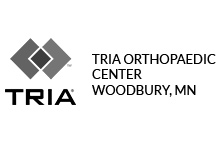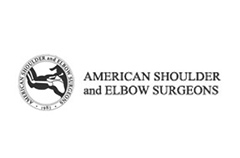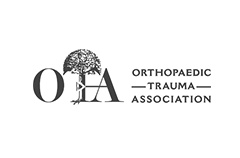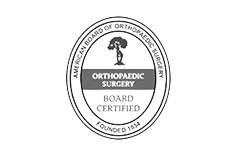Healthcare News
PRP may offer longer-term improvements, pain relief vs. corticosteroids for tennis elbow
While both corticosteroids and platelet-rich plasma may be effective treatments for patients with lateral epicondylitis, or tennis elbow, PRP may offer longer-term functional improvements and pain relief, according to published results.
Causes of Pain Between the Shoulder Blades
Upper back pain between the shoulder blades has many causes, including muscle strain, herniated discs, arthritis, or, less often, a serious health problem. Treatment for pain between the shoulder blades depends on the cause but frequently includes stretching and medications for pain.
Review compares analgesic interventions after shoulder surgery
The average pain trajectories after shoulder surgery vary with different analgesic interventions, according to research presented at the 49th Annual Regional Anesthesiology and Acute Pain Medicine Meeting, held from March 21 to 23 in San Diego.
Outcomes of total elbow arthroplasty in the treatment of distal humeral fractures in the elderly: A retrospective cohort comparison between primary arthroplasty and arthroplasty secondary to failed internal fixation.
The primary objective of this study was to compare the clinical outcomes of total elbow arthroplasty as the index procedure in the treatment of traumatic distal humerus fractures, with secondary total elbow arthroplasty following failed internal fixation.
Arthroscopic Subscapular Sling Procedure for Anterior Glenohumeral Instability Has Limitations: Dynamic Anterior Stabilization Using Long Head of Biceps Tendon May Represent a More Favorable Alternative
Recently, for cases that fall between the need of arthroscopic repair and open procedures, surgeons have developed methods for using soft tissue grafts in order to create a “sling” effect and augment glenoid labral repair.















